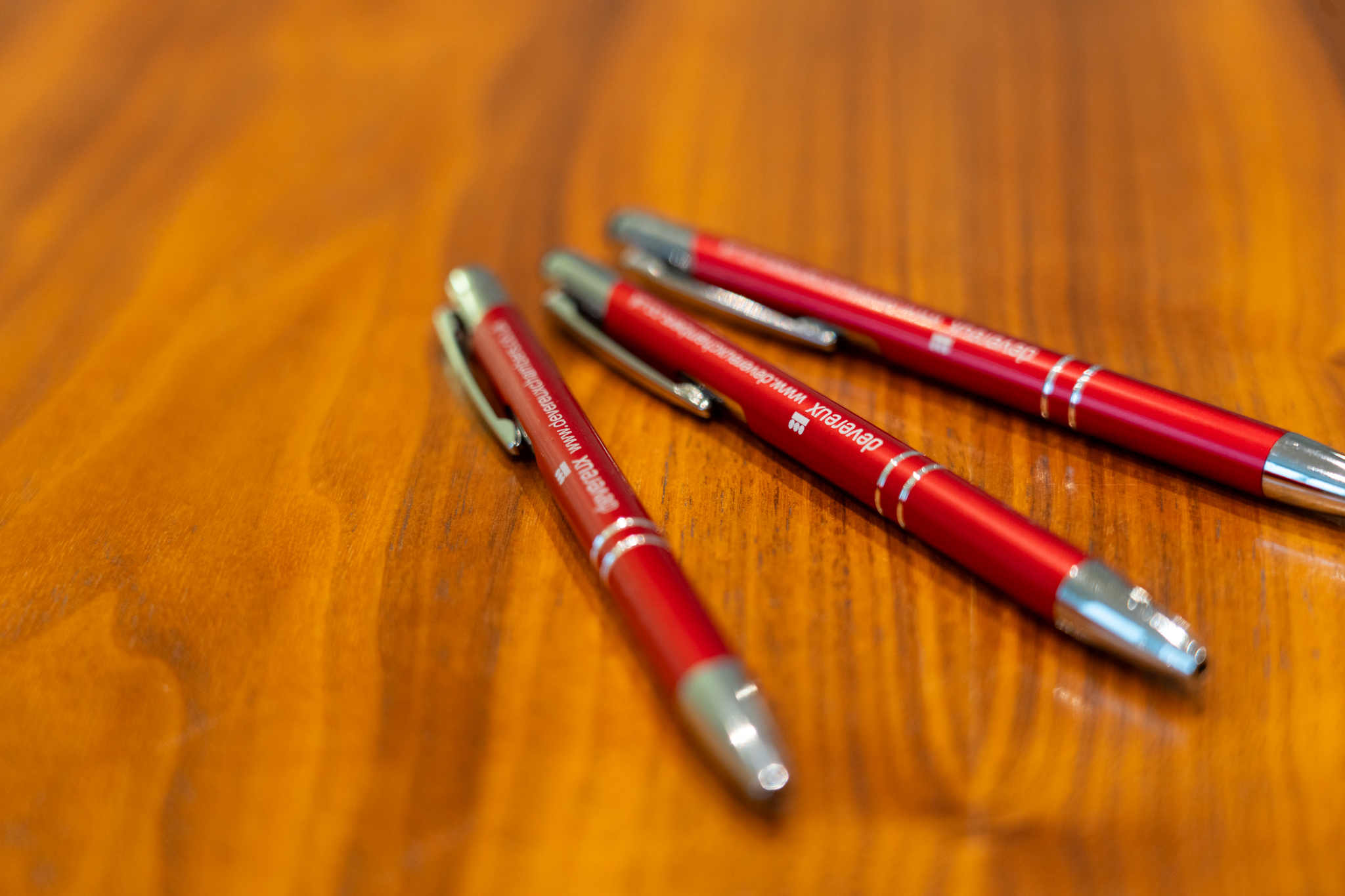Upper Tribunal confirms that car allowances are free of NIC
Upper Tribunal confirms that car allowances are free of NIC: Laing O’Rourke Services Limited and Willmott Dixon Holdings Limited v HMRC [2023] UKUT 155 (TCC), [2023] STC 1333
This summer the UT handed down its decision in the joint appeals of Laing O’Rourke and Willmott Dixon, holding that they were entitled to NIC rebates over some £2.2m and £1.5m in respect of car allowance payments paid to employees since 2004/05.
Car allowance payments are payments made by companies to employees in consideration for them making a serviceable vehicle available for business use (at [28]), and they are often offered as an alternative to a company car (at [10]). The companies sought a NICs rebate representing the “Qualifying Amount” within the meaning of regulation 22A and paragraph 7A of Part VIII, Schedule 3 of the Social Security (Contributions) Regulations 2001 (“the 2001 Regs”), arguing that it should be free from NIC as this represented the number of business miles undertaken at the applicable rate.
Prior to the enactment of reg 22A and para 7A in April 2022, there was no specific statutory regime dealing with the NIC treatment of payments by employers in respect of business travel expenses incurred by employees using their own cars (at [6], [41]-[46]). And this is the first decision to consider this aspect of the NICs regime in any detail. (The decisions of the First-tier Tribunal, Upper Tribunal, and Court of Appeal in Cheshire Employer and Skills Development Limited v HMRC [2012] EWCA Civ 1429 did not address the regime as a whole; in particular that case did not consider para 7A or the definition of Relevant Motoring Expenses in detail, see [54]-[55], [59].)
HMRC’s case was that the payments were earnings as (inter alia) the scheme was not constructed in a genuine endeavour to produce broad equivalence between the allowance and expenditure. Both First-tier Tribunals agreed, as did the Upper Tribunal. As the car allowance payments were “earnings”, para 7A of the 2001 applied. On this point, the taxpayers’ case was that (1) para 7A exempted the Qualifying Amount of the payment from NIC, and there was no need for it to be a Relevant Motoring Expense within the meaning of reg 22A but that (2) the payment was in any event a Relevant Motoring Expense as it was paid “in respect of the use” of the employee’s private vehicle for business travel (at [64]).
The UT agreed with HMRC that in order to qualify for NICs relief, the Qualifying Amount also had to be a Relevant Motoring Expense within the meaning of reg 22A (at [76]-[84]). However, the UT also found that the car allowance payments were Relevant Motoring Expenses. They were paid “in respect of use” by the employee of a qualifying vehicle within the meaning of reg 22A(3)(c) of the 2001 Regs, as: (a) the provision utilises wide language (at [101], [106]); (b) the costs incurred to maintain a private vehicle were necessarily incurred for business as well as private use but only that amount attributable to business use (being the Qualifying Amount) would be free from NIC (at [108]); and therefore (c) payments “in respect of” use can encompass future use (at [110], [118]).
Broadly, the UT agreed with the taxpayers that the new regime introduced by reg 22A and para 7A created a simple system, aligned to the income tax provisions, whereby the Qualifying Amount would always be free from NIC. This obviates a need for the tribunal to undertake a complex fact-sensitive enquiry into whether car allowance schemes meet the statutory test to qualify the payments as earnings under the common law test (at [74], [126]). Providing the payments are Relevant Motoring Expenses, the Qualifying Amount will be free from NICs and employers may be entitled to reclaim overpaid NIC.
This decision will be of interest to any taxpayers operating car allowance schemes.
A copy of the decision can be found here.
Georgia Hicks was instructed by Deloitte LLP on behalf of Laing O’Rourke Services Limited.
Akash Nawbatt KC and Joshua Carey were instructed by HMRC.
Back to News


